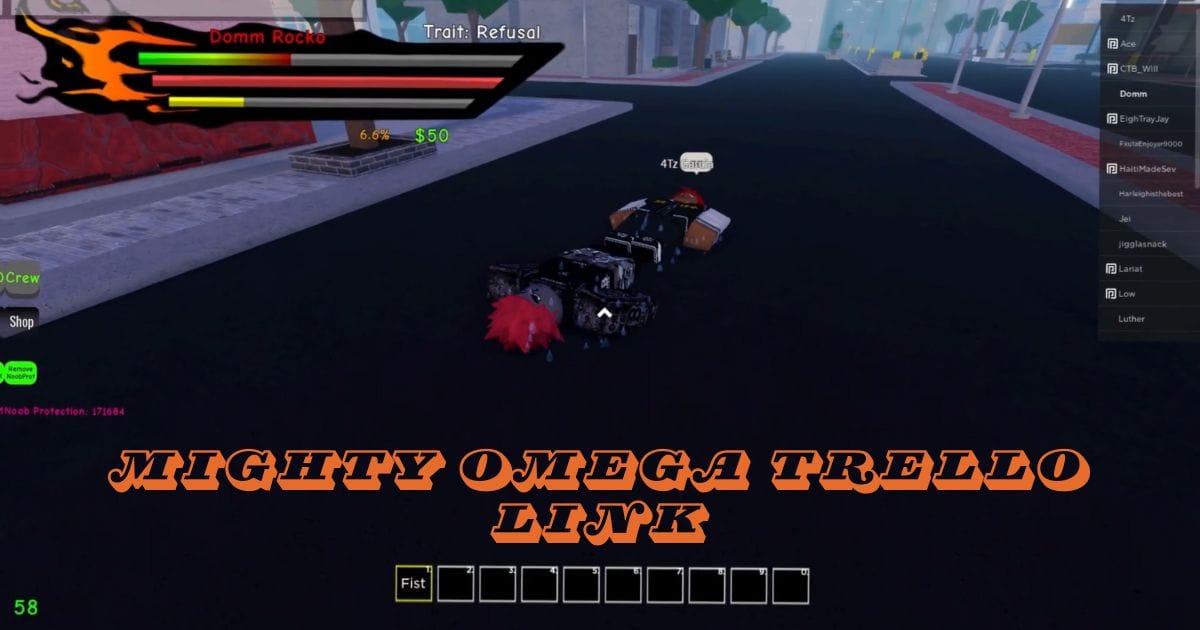Superliminal is an exciting and mind-bending puzzle game developed by Pillow Castle Games. Its gameplay is based on forced perspective, optical illusions, and creative problem-solving, making it an engaging but sometimes challenging experience. If you find yourself stuck or want a detailed walkthrough, this chapter-wise guide will help you easily navigate Superliminal.
Table of Contents
Chapter 1: Introduction of Superliminal

This chapter explains some of the game’s mechanics, such as the forced perspective system. You will learn how objects’ sizes change depending on how you look at them and how you position them.
Key Steps:
- Objects Changes: Pick up an object, step back and forth, and place to make that object change. You should do this until you feel confident.
- Your First Puzzle: Resize the alarm clock so it can be pushed through doorways. Try out perspective mechanics.
- Exit: Navigate the path into the next room. There are no challenging puzzles here—just get used to the mechanics.
Chapter 2: Optical in Superliminal
This chapter continues the use of forced perspective and introduces optical illusion-based puzzles.
Key Steps:
- Shadow Objects: Find shadows that will form shapes of useful objects. Click on the shadow to turn it into a physical object.
- Perspective Lines: Align broken parts of an image to complete the shape of an object.
- Moving on: When you complete the puzzles, doors will open to guide you to the next part.
Tips:
- Take some time to explore and view your objects from different angles.
- You don’t have to leave the object alone; feel free to rotate and reposition objects to solve puzzles.
Chapter 3: Cubism
This chapter deals with cubes and how to use them to move on.
Key Steps:
- Making Platforms: Use the cubes as stepping stones to higher platforms.
- Forced Perspective Platforms: Shrink the cubes to fill in huge holes in the ground. A small cube placed at the right angle can form a bridge.
- Illusionary Walls: Break through walls that seem solid but are not. Look for faint outlines or textures to find them.

Tips:
- Think outside of the box when shrinking cubes. A small cube can fill large pathways or vice versa.
Chapter 4: Clone
This chapter introduces the cloning function, which enables you to create copies of objects.
Key Steps:
- Cloning Objects: Use the clone tool to create many versions of an object.
- Stacking Clones: Stack objects to construct staircases or access high spots.
- Puzzle Room: Clone objects to weigh down pressure plates to open doors
Tips:
- Keep track of your clones. Too many objects can clutter the space and make it a pain to navigate through the space.
- Use clones proficiently not overcomplicate a simple solution.
Chapter 5: Labyrinth
This chapter contains a maze-like environment that plays with spatial perception.
Key Steps:
- Illusive Passages: Many paths are looped or otherwise impossible to leave. Find hidden doors or faintly drawn outlines of passageways.
- Interactive Signs: Use and mistrust directional signs. The right way is sometimes the opposite direction indicated.
- Perspective Leaps: Jump to resized objects to form bridges or stepping stones to exit seemingly locked-off places.
Tips:
- Enjoy your trip, keep calm, and explore with a fine-tooth comb.
- If you get lost, backtrack and view things from other perspectives.
Chapter 6: Blackout
This is a chapter in which darkness and light are elements that can complicate navigating the puzzle.
Key Steps:
- Lighting the Way: Use lamps and light-emitting objects to illuminate dark areas.
- Shadow Puzzles: Shadows play a role here. Align objects to create shadow bridges or shapes that open doors.
- Exit Strategy: Continue forward, and don’t be afraid to play with lights.

Tips:
- Listen for auditory clues-they can show you the way when things get dimly lit.
- When entering dark areas, walk slowly so you don’t miss any concealed paths.
Chapter 7: Dollhouse
This chapter contains miniature and large-scale puzzles where you will have to think creatively about size manipulation.
Key Steps:
- Shrinking/Enlarging: Resizing yourself or objects to fit through tight spaces or touch large areas.
- Dollhouse Rooms: Go in and out of dollhouse-like buildings. Something may look small from the outside but be pretty roomy inside, or vice versa.
- Leaving the Chapter: Continue resizing objects or yourself to make your way out of the rooms.
Tips:
- Pay attention to scale. Consider how changing one thing will affect other things.
- Experiment and get a feel for the correct scale in each room to solve its puzzle.
Chapter 8: White Space
In this chapter on minimalist environments, puzzles will challenge your understanding of perception.
Key Steps:
- Invisible Objects: It is about interacting with apparently empty spaces to retrieve hidden objects.
- Spatial Awareness: Using the environment to create pathways or solve puzzles. For example, gaps in the floor could be crossed by creating illusions.
- Breaking the Loop: This chapter may end up repeating itself endlessly. Look for unique elements to break out of the loop.
Tips:
- Trust your instincts and explore areas that look empty—they might hold hidden solutions.
- Don’t rush; observe the surroundings.
Chapter 9: Finale

The final chapter ties together all the mechanics you’ve learned and delivers a climactic ending.
Key Steps:
- Using Everything: Combine resizing, cloning, shadow manipulation, and perspective puzzles to progress.
- Final Puzzle: This will test your ability to think creatively and apply multiple mechanics in tandem.
- Ending Sequence: Follow the path to the final room, and enjoy the resolution of the story.
Tips:
- Reflect on all the mechanics you’ve learned. If stuck, think back to similar puzzles in earlier chapters.
- Stay persistent—this chapter is designed to challenge you, but it’s also the most rewarding.
General Tips for Superliminal
- Experiment Freely: The game encourages trial and error. Don’t hesitate to try unconventional ideas. Sometimes, the solution lies in doing something completely unexpected.
- Take Breaks: If the puzzle seems frustratingly infuriating, sometimes it helps to take a breather and return to it with fresh eyes.
- Explore Thoroughly: Look for clues in the environment. Small details often hold the key to solving puzzles.
Conclusion
Superliminal is a game about making perceptions and thinking beyond what seems possible. By mastering its mechanics and exploring it with an open-minded attitude, you’ll enjoy not just solving its puzzles but also the unique storytelling that it holds. Use this walkthrough whenever you feel like getting stuck, remembering that there is always a forward line hidden in plain sight.
All the best!
Read Also:







